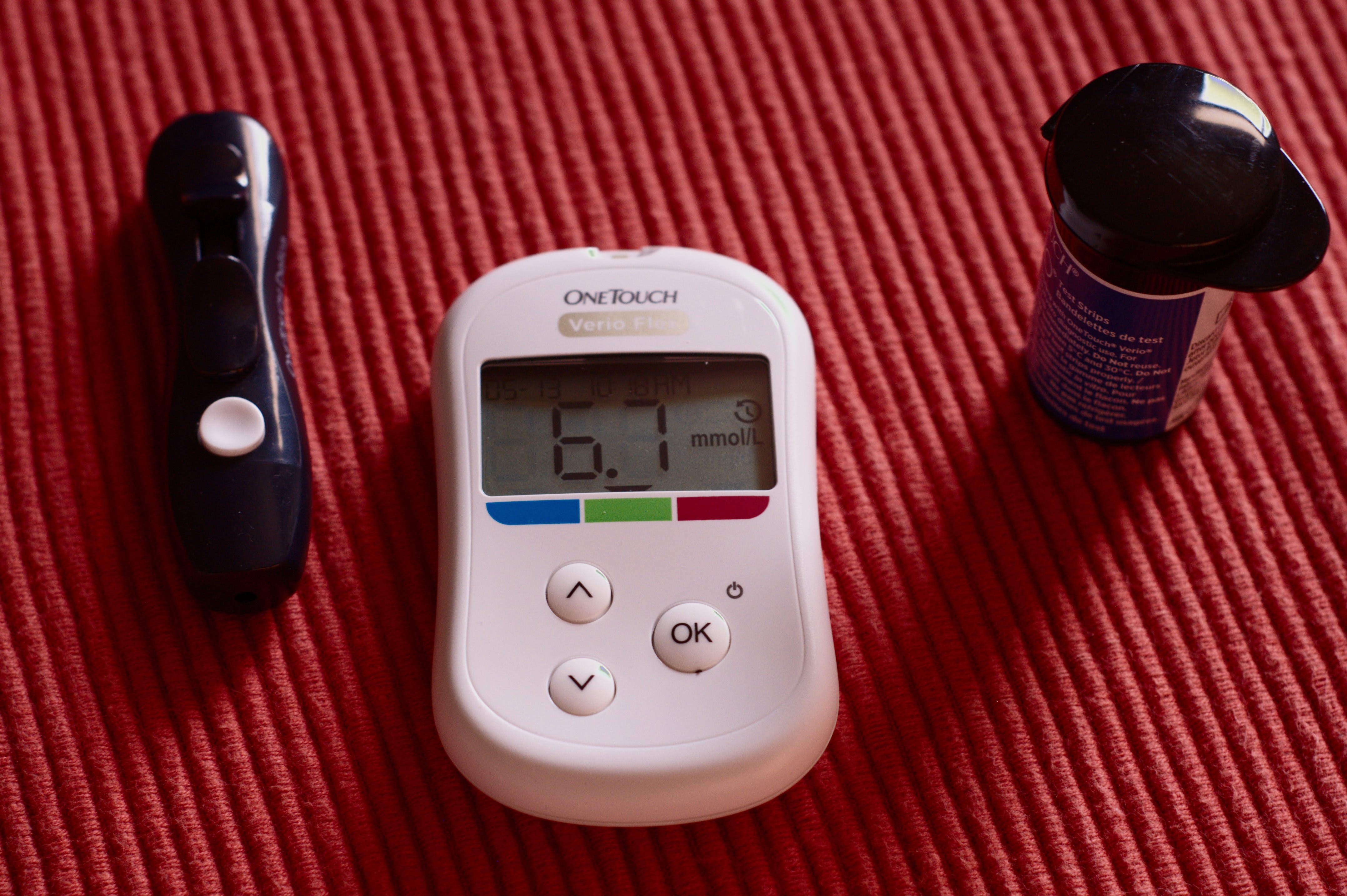
If you read our last blog, you learned about how sleep apnea and diabetes can affect your vision. After reading our last blog, individuals with diabetes may be concerned about their vision. So today, we want to look at ways you can protect your eyes.
Diabetes is a disease that affects insulin and the body’s ability to control blood sugar. Too much glucose, or sugar, in the blood can create long term can negatively affect several organs and blood vessels.
For diabetics, they understand some of these organs are the heart, kidneys, and eyes. The Centers for Disease Control and Prevention (CDC) reports 90% of vision loss from diabetes can be prevented. Which is great news! As with many eye diseases, the best prevention is early detection. That means annual exams, notifying your optician that you have diabetes, and ensuring dilation and/or retinal imaging. This may seem easy enough, but studies show sixty percent of diabetics are not getting the exams their doctors recommend.
The top diabetic eye diseases are:
If you have risk factors like diabetes, or not, it is vital to get into an optometrist for an annual exam. Insure you are getting dilation and/or retinal imaging. This will help your vision care provider see those blood vessels and start treatment if there seems to be an issue.
Both of these diseases can be addressed, and the affects minimized, but you have to schedule an eye exam to get started! Call us today!